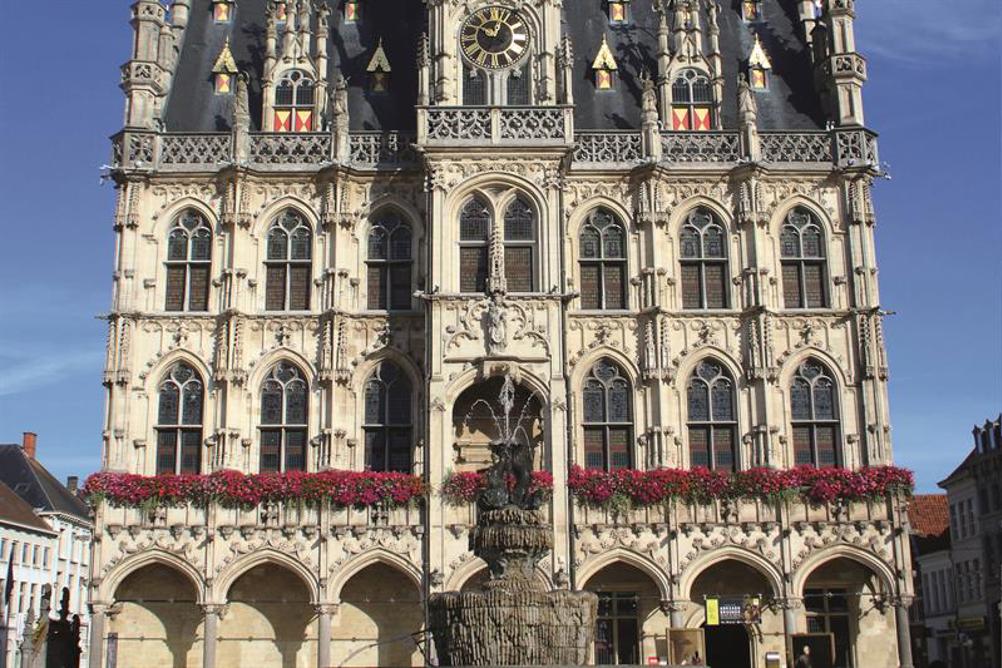
The city of Oudenaarde which sits prettily on the river Skalda in the East Flanders region of Belgium, is commonly known as the pearl of the Flemish Ardennes. It has a history dating back to the 11th century, boasts a 16th century Unesco World Heritage List town hall and, for those interested in cycling, it hosts the finish of the annual Tour of Flanders. Oudenaarde has several other claims to fame including – possibly uniquely – a pair of spectacles on its coat of arms.
Oudenaarde can trace its history back to the 11th century when Baldwin IV, known as ‘the Bearded’, Count of Flanders, built a fortress on the site. The town grew up around it but the fortress itself was destroyed in the Battle of Bouvines in 1214. From the 14th century onwards Oudenaarde became prosperous through the establishment of a weaving industry, its high point being in the 16th century when the town became particularly noted for its fine quality tapestries.
Register now to continue reading
Thank you for visiting Optician Online. Register now to access up to 10 news and opinion articles a month.
Register
Already have an account? Sign in here


